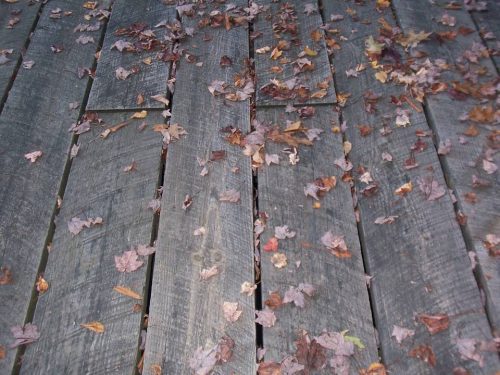Experts recommend waiting for the winter season to pass before doing any major spray painting work. In times when speed is of the essence, and you don’t have any choice, there are ways on how to carry out spray painting in cold weather.

Cold weather is anywhere from 35 to 50 degrees F. It’s important to know the facts on how spray paint works and how paint reacts to different temperatures. For instance, applying paint in low temperatures affect the overall characteristics, the drying pattern and the performance of your paint.
Oil and alkalyd-based paints are usually made from resins and natural oils that react to temperature changes. They become more viscous if subjected to cold. Your paint will soon turn to a thick, semi-solid liquid that will require more thinning solutions than normal. Latex paint will freeze, and you’ll need to put some anti-freeze additives before even starting the painting process. In hot weather, the same additive can be used to make the paint application easier.
Checking Your Paint
Treat latex paint with additives before taking them out of the shed. If the paint has undergone several winter seasons, then it would be wise to open it up and check if it’s still good to use. If some of the paint has become lumpy, then you will need to buy fresh cans. The paint has to be consistent to have a good chance that it will adhere to the surface properly. Oil-based paint is not as sensitive to cold weather, but they do freeze when you’re painting out in cold temperatures.
Common Spray Painting Issues During Cold Weather
Going with a latex-based paint that has gone through several freeze-thaw cycles may not have the lifespan of higher-quality paint. Be careful about artificially raising the room temperature just so you can spray paint in the cold weather, as this could produce a premature skinning in the surface. Make sure you’re not applying paint in environments that are below 40 degrees. Moreover, the cold temperature builds up excessive filming on the surface, which reduces the coverage of your painting.
The touch coat will appear to look lighter than the base coating. You’ll start noticing a powdery film forming on top of the surface. Latex paints will show water spotting issues. Drying time will take up longer than usual because of the heavy film produced. Last but not the least, there’s poor color uniformity which affects the overall look of your paint job.
Here are some more issues you can expect:
- poor touch up
- color uniformity issues
- film cracking
- poor stain resistance
Tips For A Smooth Spray Painting Finish

- Sometimes it’s not worth it to push your spray painting job in extreme weather conditions. Too hot, and the paint dries even before it touches the surface. Too cold and you risk skinning and filming. The best temperature for spray painting is somewhere around 18 to 25 degrees C.
- Cold weather coatings are your go-to solution if you really need to paint in the cold weather. Make sure that the weather will not plunge below 35 degrees F while your paint dries or the effort will be lost. Wrap all the items and sections of the room and try to heat the room to a warmer temperature.
- Spray paint nozzles can clog and interrupt your spray painting work, especially as you try to apply slow, even strokes. One way to keep your nozzles from clogging is to clean it just before applying the second coat. The paint will not build up, and you’ll experience less spitting and spluttering. The ideal spray should be a fine mist, not blobs of coagulated paint marring the surface.
- Spray painting is an exercise in patience. Before going with the first coat, make sure that the surface is devoid of any dust and debris. Clean it by washing, peeling and sanding (if applicable), then dry it thoroughly. The paint you’ll be applying should be compatible with the surface.
- The first coat determines how your paint will look after you’re done. Make sure that it’s applied with great care and attention to detail. Hold the spray at around 25 to 30 cm away from the surface, applying steady, even strokes as you go along. Sway the nozzle side to side to produce an even, quality coat. If you’re using primer, then it’s best to wait 24 hours before starting the first coat.